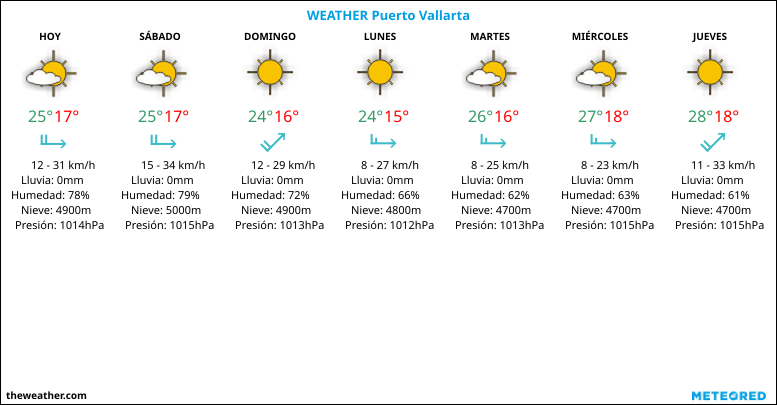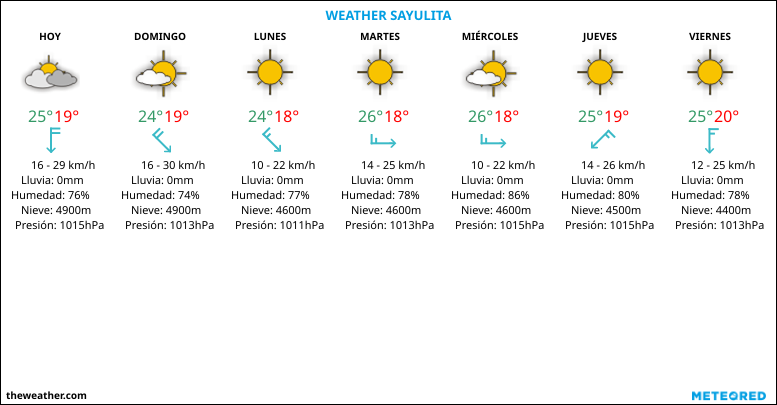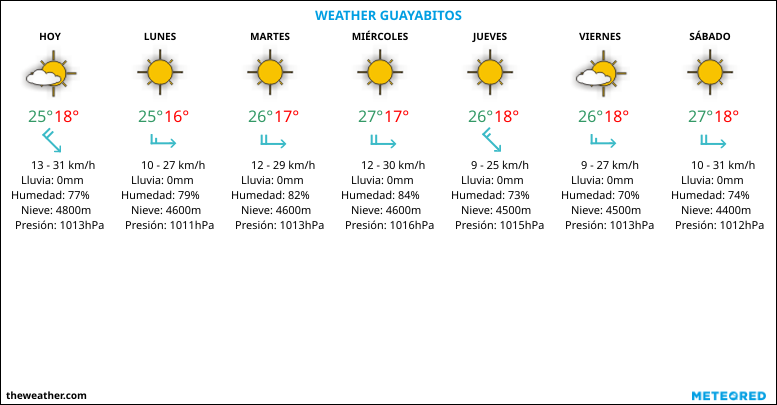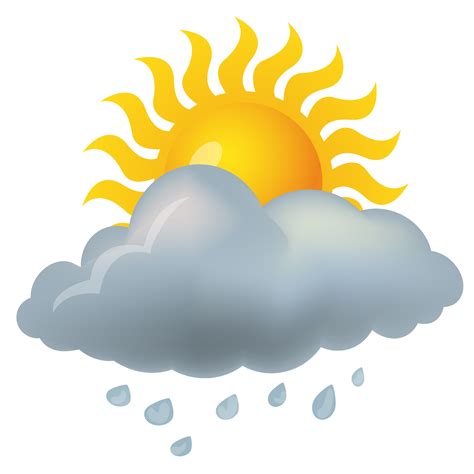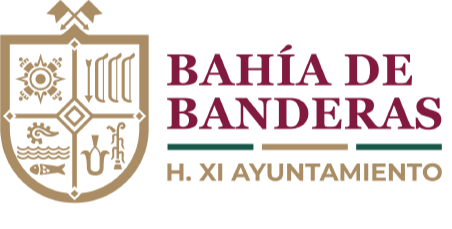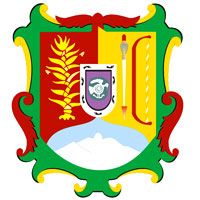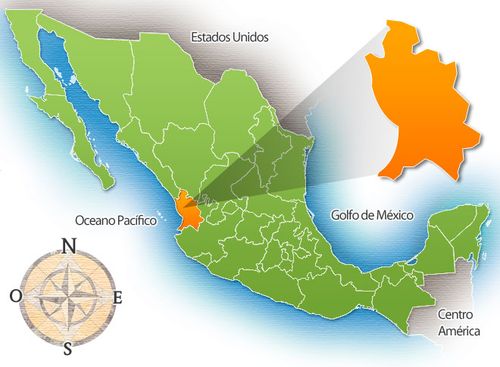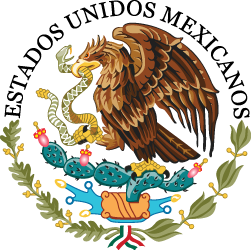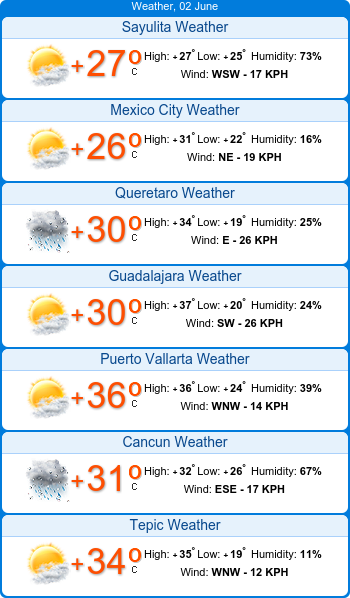Oxalates in Vegetables | Oxalates and Kidney Stones EXPLAINED
CCMray • June 28, 2024 • 0 views
Chapters
00:00 - Intro
0:40 - What are Oxalates?
1:20 - How Much Oxalates Per Day?
1:54 - Why an Antinutrient?
2:38 - What Happens to The Oxalates?
3:30 - Role of Calcium
4:23 - Low Oxalate Foods
4:50 - Produced Naturally
5:15 - Rare Causes
What are Oxalates?
Oxalates are organic acids that are present in a wide range of plant-based foods. They are part of the plant's defense mechanism, deterring herbivores by forming insoluble crystals in their tissues. While oxalates are naturally occurring and essential for the normal functioning of the human body, excessive accumulation can lead to health issues.
Oxalates and Kidney Stones. How do Oxalates affect kidneys?
The kidneys play a crucial role in filtering waste products from the blood, including oxalates. However, when oxalate levels become too high, kidney stone formation increases. Calcium oxalate is the primary component of kidney stones, and its accumulation can lead to the development of stones within the urinary tract. The process involves the binding of calcium to oxalate, forming crystals that may become lodged in the kidneys, causing obstruction and discomfort.
Foods High in Oxalates. Which Foods Have Oxalates?
Numerous foods contain varying levels of oxalates, and individuals prone to kidney stones are often advised to moderate their intake of high-oxalate foods. Some examples of foods rich in oxalates include spinach, beets, nuts, tea, and chocolate.
What Causes Calcium Oxalate Kidney Stones?
Several factors contribute to the formation of oxalates in the body. Genetics play a role, as some individuals may be predisposed to produce higher levels of oxalates. Additionally, certain medical conditions, such as hyperoxaluria, can lead to an increased production of oxalates. Dehydration can also concentrate oxalates in the urine, facilitating the formation of kidney stones.
What is Hyperoxaluria? What Causes Kidney Stones?
Type I primary hyper-oxaluria which is associated with a mutation in the gene encoding AGXT. Which has a genetic component. This is when the liver and its proteins dont work as it should. Which causes kidney stones , especially when we are younger.
Then there is also Enteric hyper-oxaluria. Which has to do with intestinal problems which can increase the amount of oxalate in the urine.
What are Anti-Nutrients? How to Reduce "Anti-Nutrients"
Oxalates fall under the category of antinutrients, compounds found in foods that may interfere with the absorption of essential nutrients. While oxalates can bind to minerals like calcium, forming oxalate crystals, the broader concern with antinutrients is whether their presence in foods significantly impacts nutrient absorption. In a balanced diet, the overall impact of antinutrients is often minimal, and the body can compensate for potential nutrient loss through a diverse and well-rounded nutritional intake.
How Much Oxalates Per Day?
Sticking to under 100 mg’s of oxalates per day, ideally under 50 mg’s, if youve had more than 1 kidney stone in the past can be a viable approach
These are some foods that are low in oxalates that you can try swapping. Papaya being a great one.
Foods Low in Oxalates. What foods are Low in Oxalate?
Leafy greens: Lettuce, kale (in moderation), Swiss chard (in moderation)
Cruciferous vegetables: Broccoli, cauliflower, Brussels sprouts, Bell peppers, Zucchini, and Cabbage are said to be low in oxalates.


